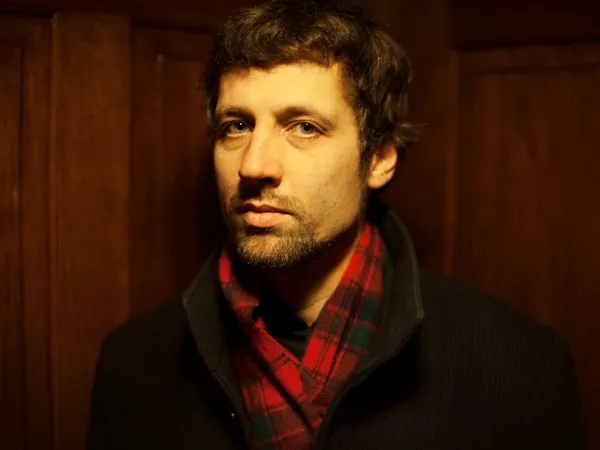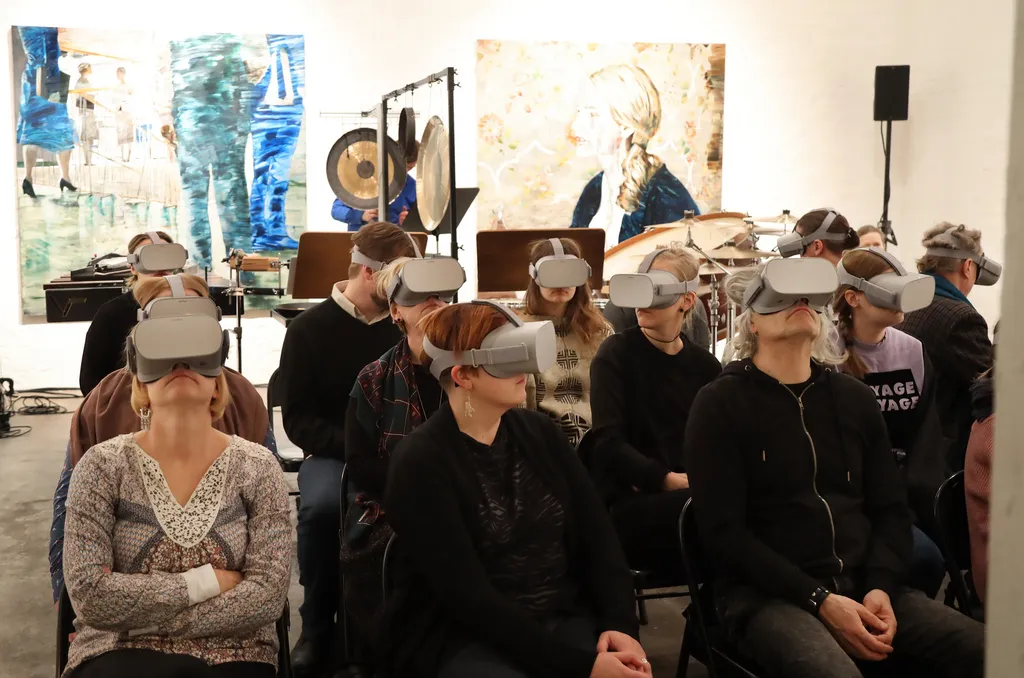The period between the violent ending of the first Estonian republic in 1939 and gaining independence again in 1991 has left a big mark on the Estonian cultural consciousness.
The differences between Estonia and Finland are felt on many levels even today – I myself have observed this, in both my own and my colleagues’ work, regardless of the generation we represent. From contemporary music’s point of view, there are two things in particular which make Estonia and Finland quite different from each other. The first is the attitude towards aesthetics and the ideology of musical modernism, and the second is the relationship with the early layers of Western art music.
::
There was a big gap in the development of 20th-century music in Estonia, especially in regards to the modernist movement. One could say that Estonian music history more or less lacks the era of modernism, and this is visible – indirectly – in the aesthetics and compositional strategies used by Estonian composers. The main reason behind the absence of such a crucial 20th-century music phenomenon is political. In the Soviet Union, the modernist approach was at some point strongly denounced and at other times openly discouraged.
One also has to bear in mind the fact that it was virtually impossible for composers in our country to follow the latest trends in post-war music. The Soviet Union was a closed state both mentally and physically, so access to information about new trends in contemporary music was very limited.
In this regard, Estonia was actually in a slightly better position compared to many other areas in the Soviet Union – people could listen to Finnish radio and watch Finnish TV (despite attempts by the authorities to block these channels). Channel I of Yle (Finnish Broadcasting Company) radio, in particular, provided a very important window to the free world of Western contemporary music. My own longtime professor of composition, Lepo Sumera, gave me many cassettes containing newer pieces from his Western colleagues, which he had recorded from Finnish radio. I remember, for instance, the impact of first hearing American minimalism. It was quite a blow- in a very positive sense.
::
Because of our access to Finnish radio programmes, the minimalist school was quite well known and even imitated here. But the sophisticated methods used by Stockhausen, Boulez and Cage - let alone somebody like Ferneyhough -were much harder to get acquainted with just through listening, with no access to scores or knowledge about the precise methods behind the music. Therefore, music written in this musical language by the older generation of Estonian composers tends to be quite sound-orientated, Furthermore, these examples are quite rare.
lnterestingly enough, some of the best examples of attempts to emulate musical modernism in Estonia are the early works of Arvo Pärt. The paradox lies in the fact that Pärt – who has become the most performed living composer today- made a radical stylistic change later in his life, and started to follow the aesthetics which are in many ways opposed to some of the basic assumptions of modernist music.
I actually think that the sound-based approach can still be sensed even in the younger composers’ music – including that of my generation. A special sense of sonority and a stronger trust in intuitive solutions bring out quite a big difference in Estonian and Finnish contemporary music styles. The latter – at least the works of the generation who began their career in the ‘80s – is in my opinion generally much more engaged with the structure of music, as opposed to utilizing merely sound-based ideas.
::
Another interesting difference between Estonian and Finnish contemporary music cultures lies in the composers’ relationship towards early music. In general, one can say that early music has been very crucial to many composers in Estonia, for instance, being exposed to Gregorian chant has been a formative experience for composers as different as Arvo Pärt, Toivo Tulev and Helena Tulve.
In Finland, I have not experienced a similar presence or interest towards such archaic layers of music. lt might have something to do with the differences in our cityscapes. Many Estonian cities and towns still have fairly well-preserved historic centres. The historic centre of Tallinn is a good example of this. There are medieval and Renaissance buildings standing side by side with some fairly bold 20th-century buildings. This gives a sense of long continuity which I think has played an important role in our musical consciousness.
Also the early music revival movement was pursued in Estonia quite enthusiastically- especially by the group Hortus Musicus. It even included a distinct element of dissidence, and many intellectuals were thoroughly influenced and touched by it. The later period of the music of Arvo Pärt starts with several pieces written specifically for Hortus Musicus.
As for the historic buildings themselves, they provide many fantastic concert venues and are regularly used for concerts. We also have quite a number of early music groups, including three choirs specialising in Gregorian chant. Many composers write for these groups. I myself have written an extensive work for the Baroque ensemble the Corelli Consort. The work was based on some of the more extravagant legends of the ghosts of Old Tallinn, reflected in its title Rogues and Lovers.
::
As for the current situation, I feel that the differences have become less pronounced, but one can still detect a certain inclination towards rather different solutions in our two neighbouring spheres when it comes to musical creation. I feel that I myself have gained quite a lot from being at the border between the two countries and have thus somehow been able to combine characteristics of both countries’ ways of musical thinking, which I find most fascinating and inspiring. I am definitely nor the only one – for instance, in the works of Andrus Kallastu and Jüri Reinvere I can find traces of a similar kind of synthesis. I hope that in the future there will be even more composers who learn to look at both shores of the Gulf of Finland – it would be only natural considering our proximity and close relations.
Main photo: Tarvo Hanno Varres
The ISCM World Music Days take place in Tallinn and Tartu, Estonia, on May 2 to 10, 2019.


